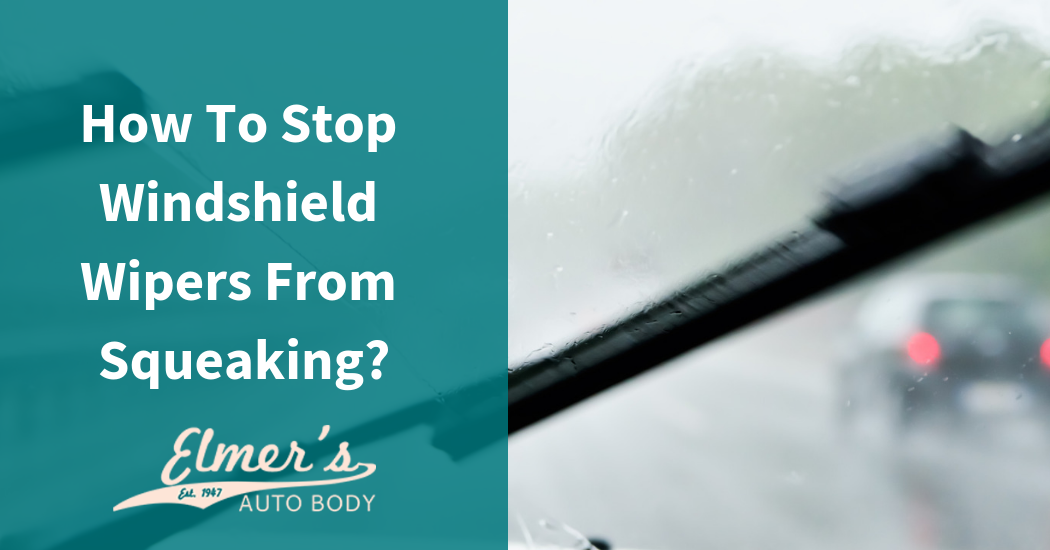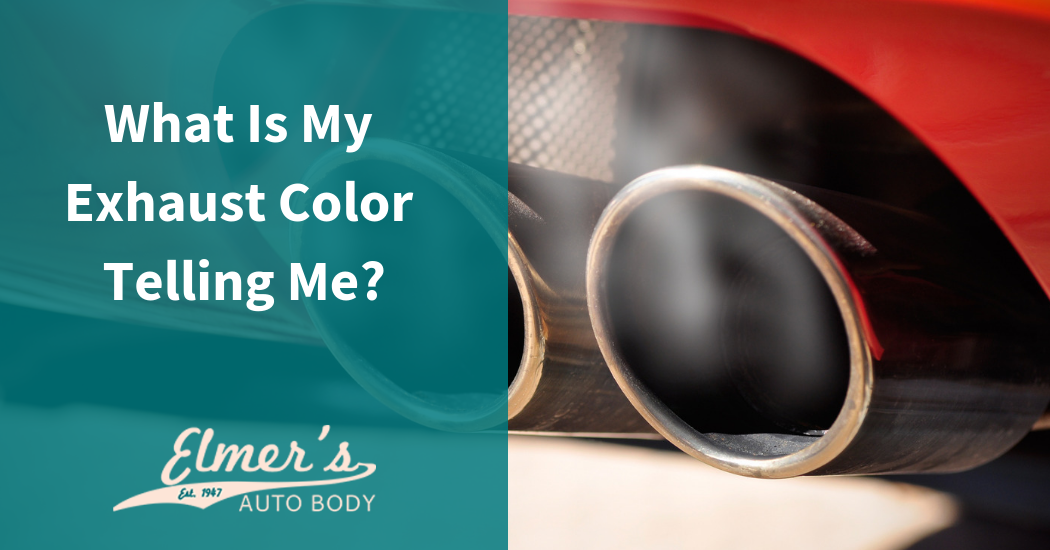Even if you love the car you are driving, the desire to buy a new one can creep into your head at any time. Your sister may have purchased a new car or you may see the car of your dreams while sitting in a parking lot. Too often, consumers simply head to the nearest dealership as soon as the desire for a new car strikes them, but that may not be the best option. These tips can help you decide whether it is time for you to replace your car or keep it just a bit longer.
Car Reliability
Even if your car is starting to show signs of age with little things going wrong here and there, it is probably still pretty reliable. Cars built in the last decade are more reliable than they have ever been and most newer cars will run without major issues for more than 200,000 miles as long as you treat them with tender loving care.
New Car Costs
One of the main reasons people decide to replace their car is fuel economy. Maybe you have taken a job with a long commute or are trying to cut back on expenses. It is true that a car with better fuel economy will save money. If your car currently gets around 20 miles per gallon, upgrading to a car that gets 34 miles per gallon can save you as much as $544 per year. In addition, you may be concerned about the repair bills that are probably going to occur in the next few years if you keep your old car. If you are spending more in repairs than it would cost in new car payments, it is time to replace your car. However, if you are only dealing with minor repairs, keeping the car makes more sense financially.
New Car Depreciation
In the first three years, a new car loses about 46 percent of its value. It will lose, on average, 27 percent after the first year. If you purchased your new car for $34,000, that means it will drop in value by almost $10,000 in the first year you own it. After six years, your $34,000 car may only be worth about $12,000. This may make it more beneficial to keep your older car for a few more years rather than purchase something that will be worth half what you paid for it within three years.
Safety Features
If your car is more than ten years old, it probably does not have all the safety features that a new car offers. New cars come with features like backup cameras, curtain airbags, electronic stability control and forward-collision warning, all features that were not available ten years ago. If you transport a family in the car, you want it to be as safe as possible so it may be time to consider upgrading to a vehicle that provides better protection.
Amenities
We live in a digital age where everyone is connected, even in the car. Newer cars offer modern conveniences like USB ports for charging your phone, built-in GPS systems and the ability to connect your phone or other devices through Bluetooth. Many also offer voice commands and the ability to use integrated apps like Spotify or Pandora. Some allow you to use voice to read and respond to texts or phone calls which adds another layer of safety to your vehicle. However, there are after-market products you can purchase that will allow your older car to provide the same benefits. Car chargers that fit into your vehicle’s cigarette lighter, Bluetooth devices that can connect your phone or another device through the car’s radio and more are available at many auto and department stores.
In the end, you must decide for yourself if it is time to replace your car. Before you decide to trade in your car because of mechanical or body issues, let us take a look at it. Schedule an appointment by calling or filling out the easy online form today.






